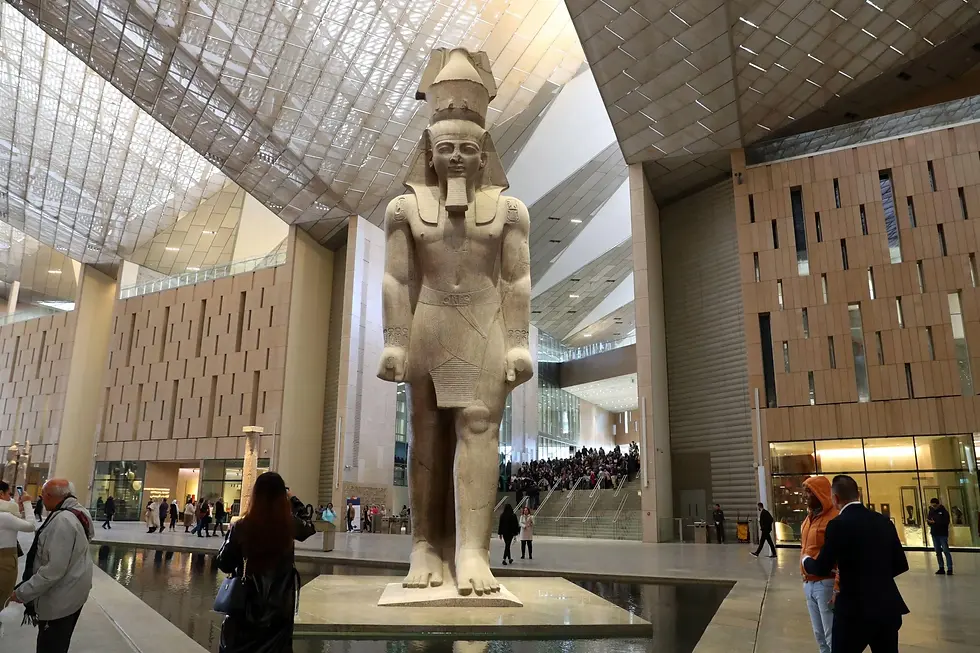Discover the Nile: Culture, History, and Beauty with ATS
- georgina008
- Dec 13, 2024
- 1 min read

The Nile River, the longest river in the world, spans approximately 4,135 miles (6,650 km) through northeastern Africa. Originating from Lake Victoria, it flows northward into the Mediterranean Sea, crossing multiple countries, including Uganda, Sudan, and Egypt. The Nile’s vast reach supports millions of people, providing vital water for agriculture, transportation, and drinking in an arid region.
The river features two major tributaries: the White Nile and the Blue Nile, which converge near Sudan’s capital, Khartoum. The Nile has a significant role in Egyptian history, as its annual flooding enriched the surrounding land for agriculture and enabled ancient civilizations to flourish. Today, the Nile remains a key resource for millions.
On our overnight Nile cruise you'll discover this life-sustaining river. It serves as a habitat for migratory birds and endangered species such as the Nile monitor lizard. Wetlands along the river’s banks support a variety of flora and fauna, contributing to biodiversity in the region. These habitats are critical for maintaining ecological balance and supporting local livelihoods dependent on fishing and agriculture.
The Nile continues to influence culture, history, and life across the region, offering sustenance and a means of livelihood to the millions of people living along its banks. With its iconic role as a lifeline in Africa’s geography, the Nile exemplifies both natural beauty and the interconnectedness of humans and ecosystems.
View our Egypt Pyramids and Nile Cruise 2025 itinerary at https://www.africantravelseminars.com/_files/ugd/ca5b42_40de5d6f6a9247e098ef453bc1300bc4.pdf



Comments